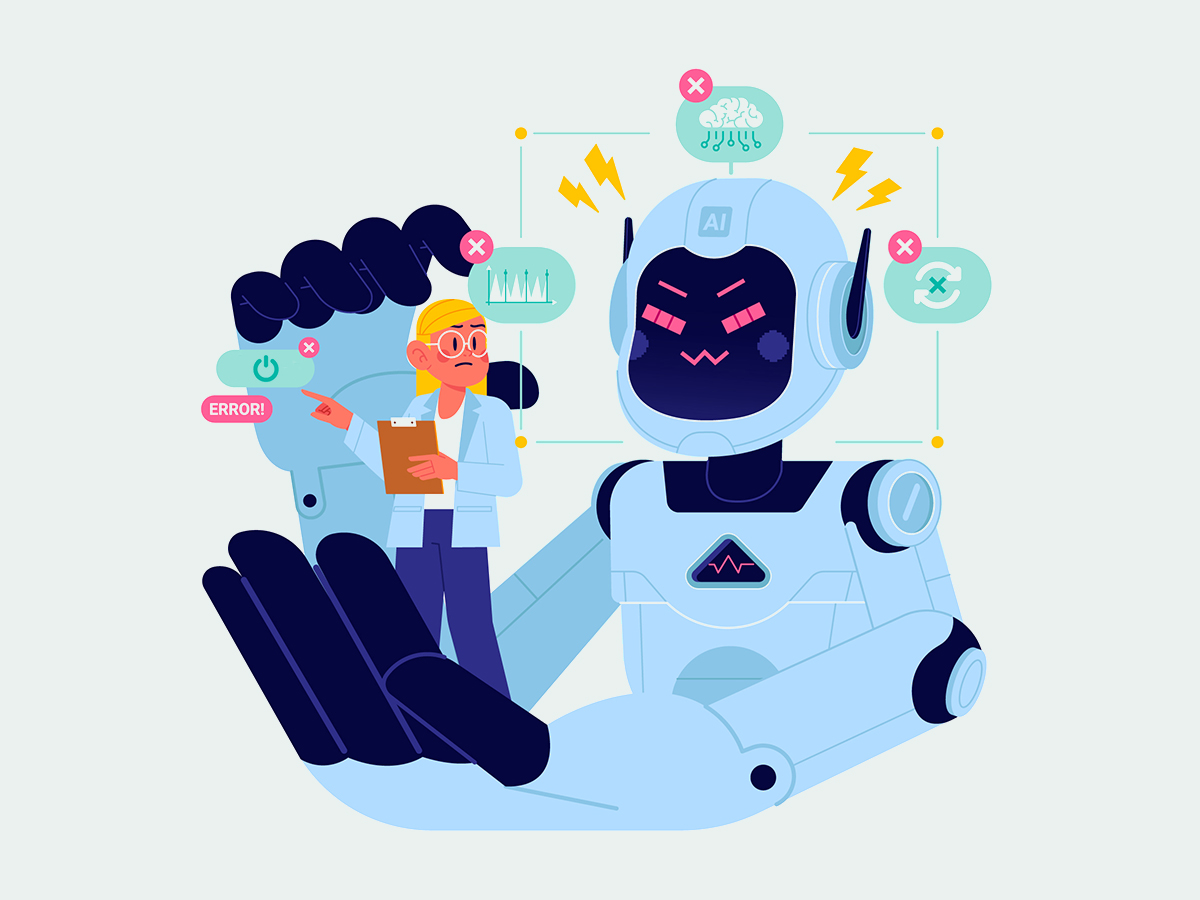Neuro-Symbolic AI in HR Chatbots: The Next Frontier in Intelligent Employee Support

As organizations embrace digital transformation, human resources (HR) functions are increasingly turning to automation and artificial intelligence (AI) to streamline operations and enhance employee experience. One of the most transformative developments in this space is the rise of HR chatbots—virtual assistants capable of handling everything from answering policy questions to assisting in recruitment and onboarding. While many existing HR chatbots rely heavily on natural language processing (NLP) and machine learning (ML) models, the future lies in neuro-symbolic AI—a hybrid approach that combines the pattern recognition power of neural networks with the logic and reasoning capabilities of symbolic AI.
Neuro-symbolic AI offers a robust framework for building more intelligent, explainable, and context-aware HR chatbots. Unlike traditional AI models that often operate as “black boxes,” neuro-symbolic systems bring together the best of both worlds: the adaptability of deep learning and the precision of symbolic reasoning. This fusion enables chatbots not only to understand employee queries better but also to provide more accurate, consistent, and transparent responses.
One of the primary limitations of current HR chatbots is their difficulty in understanding complex or ambiguous queries. For example, when an employee asks, “Can I carry forward my unused leave to next year?” a traditional AI chatbot might rely on keyword matching or training data to generate a response. However, without contextual understanding and reasoning capabilities, the answer may be incorrect or vague. Neuro-symbolic AI enables the chatbot to map the query to a logical representation of the company’s HR policy, reason through the rules, and deliver a definitive and policy-compliant response.
Read More on Hrtech : The Rise of the Superworker: Harnessing AI to Unleash Productivity
Moreover, neuro-symbolic AI makes it easier to incorporate company-specific knowledge into HR chatbots. Symbolic AI components allow for the integration of business rules, HR regulations, and legal compliance frameworks as structured knowledge graphs or ontologies. Neural networks, on the other hand, handle the interpretation of natural language and the extraction of relevant entities and intents from employee conversations. This combined approach creates a more robust HR chatbot that can adapt to different contexts and provide tailored support based on an employee’s location, role, or department.
Another significant advantage of neuro-symbolic HR chatbots is explainability. In HR functions, decisions and responses must be traceable and justifiable—especially in matters related to compensation, grievances, or compliance. In contrast to deep learning models, which often lack transparency in their decision-making, neuro-symbolic systems can offer understandable and traceable reasoning processes. For instance, when denying a leave request, the chatbot can cite the specific policy clause and the logic applied, helping employees understand the rationale behind the decision and reducing frustration.
Neuro-symbolic AI also enhances the learning capabilities of HR chatbots. While traditional systems often require extensive retraining to incorporate new policies or procedures, neuro-symbolic systems can adapt more dynamically. New rules or policy changes can be added to the symbolic layer without needing to overhaul the entire model. This modularity makes it easier for HR teams to keep the chatbot up-to-date with minimal technical intervention.
In addition to supporting employees with policy queries, benefits enrollment, and leave management, neuro-symbolic HR chatbots can assist in more strategic HR tasks. For example, in recruitment, these chatbots can help assess candidate eligibility by reasoning through qualifications and job requirements. In performance management, they can interpret feedback data and suggest development goals aligned with company objectives.
Despite its potential, implementing neuro-symbolic AI in HR chatbots is not without challenges. Integrating symbolic reasoning with neural networks requires sophisticated architecture design and access to clean, structured data. There’s also a need for collaboration between AI engineers, HR professionals, and domain experts to ensure the chatbot’s reasoning aligns with real-world HR practices.
Nevertheless, the trajectory is clear. As organizations strive to deliver more personalized and responsive employee experiences, the demand for intelligent and trustworthy HR chatbots will grow. Neuro-symbolic AI stands at the forefront of this evolution, promising not just smarter bots, but more human-centered HR support systems.
In conclusion, HR chatbots powered by neuro-symbolic AI represent the next frontier in intelligent employee support. By combining the strengths of neural learning and symbolic logic, these systems offer improved comprehension, contextual accuracy, explainability, and adaptability. As adoption increases, they will play a critical role in transforming HR from an administrative function into a strategic partner in employee engagement and organizational growth.
Catch more HRTech Insights: AI Alone Won’t Save Performance Reviews, but It Can Make Managers See More Clearly
[To share your insights with us, please write to psen@itechseries.com ]
The post Neuro-Symbolic AI in HR Chatbots: The Next Frontier in Intelligent Employee Support appeared first on TecHR.
Comments
Post a Comment